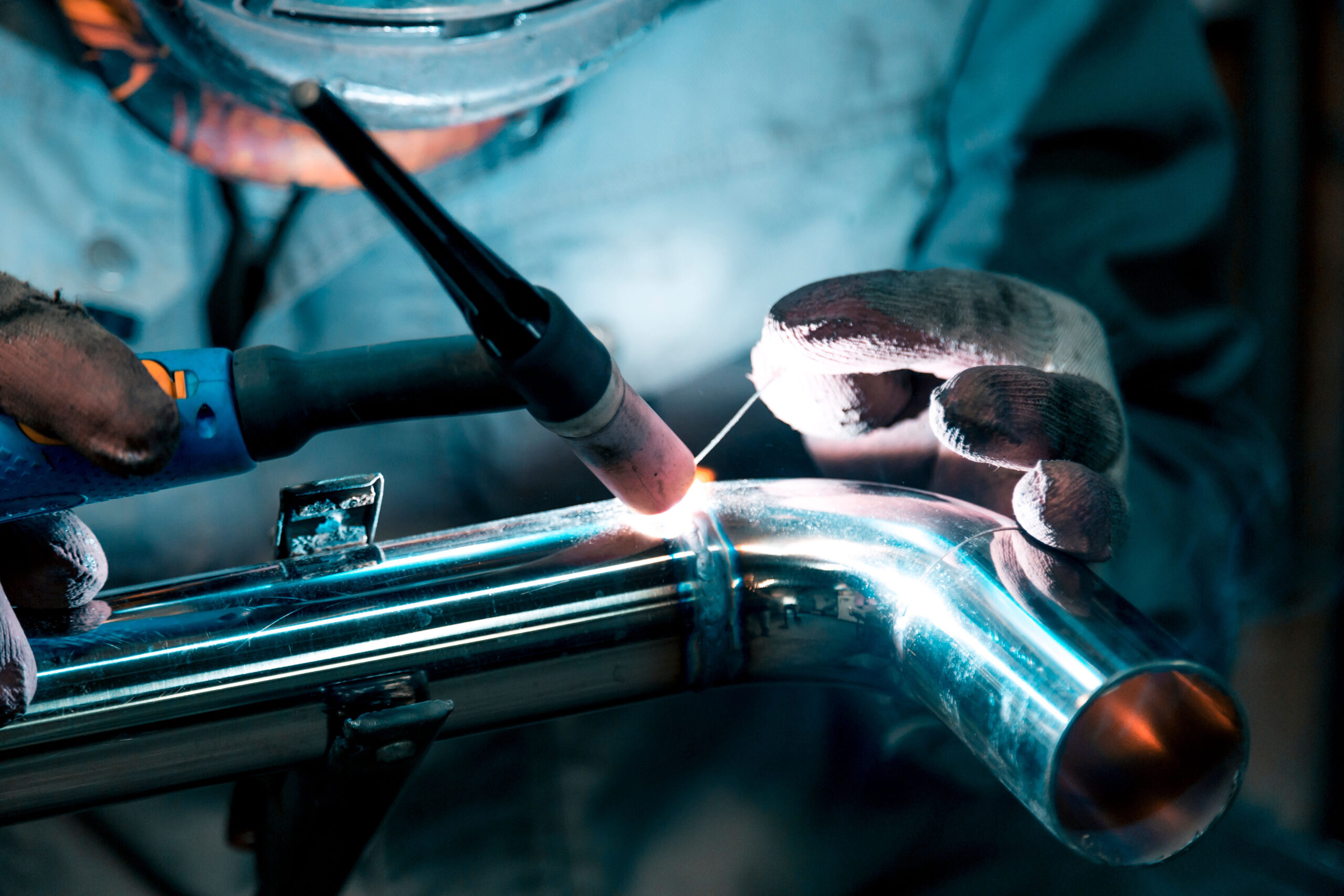Welding WPS: Usual Errors to Prevent and Exactly How to Correct Them
The Ultimate Overview to Welding WPS Procedures: A Thorough Summary for Welders
In the detailed world of welding, Welding Treatment Requirements (WPS) act as the backbone of making sure quality, consistency, and safety in welding procedures. Understanding the nuances of creating, carrying out, and checking WPS treatments is vital for welders seeking to raise their craft and fulfill sector standards. As we explore the numerous parts of a WPS and explore the details of credentials and accreditation, we will uncover the important role these procedures play in the realm of welding. Let's start a journey to untangle the intricacies and value of WPS procedures in welding practices.
Relevance of WPS Procedures
Comprehending the relevance of Welding Procedure Specifications (WPS) treatments is essential for guaranteeing the high quality and stability of welded frameworks. WPS procedures work as a roadmap for welders, outlining the essential steps, parameters, and materials required to attain an audio weld. By adhering to WPS guidelines, welders can ensure consistency in their job, causing dependable and structurally audio welds.
Among the primary reasons WPS treatments are essential is their role in keeping weld quality and honesty. Adhering to the specified welding criteria and methods laid out in the WPS helps protect against defects such as porosity, fracturing, or incomplete blend, which can endanger the strength and sturdiness of the weld. Additionally, WPS treatments are crucial for making certain compliance with industry standards and codes. By following well-known WPS guidelines, welders can show that their job satisfies the necessary demands for safety and security and quality, supplying assurance to customers, assessors, and governing bodies. Basically, the importance of WPS procedures can not be overstated, as they are fundamental to accomplishing consistent, premium welds that meet industry criteria and specs.

Parts of a WPS
A Welding Procedure Specification (WPS) commonly comprises essential parts that detail the certain requirements for performing a weld, ensuring consistency and high quality in the welding procedure. The essential elements of a WPS include essential variables such as base metals, filler steels, interpass and preheat temperature levels, welding procedures, protecting gases, welding settings, and post-weld warm treatment demands.
Base steels refer to the materials being joined, while filler metals are made use of to fill the gap between the base steels during welding. The welding process describes the particular technique to be used, whether it's gas metal arc welding (GMAW), shielded steel arc welding (SMAW), or an additional method. Welding placements specify the alignments in which welding can be executed.

Qualification and Qualification
Having established the important parts of a Welding Procedure Spec (WPS), the focus now moves in the direction of the essential facets of qualification and qualification in welding methods.

Qualification, on the various other hand, is the formal acknowledgment of a welder's qualifications by a relevant accreditation body or company. Welding accreditations are generally based on the details welding processes, materials, and settings a welder is qualified to deal with. Holding a valid welding certification demonstrates that a welder fulfills sector criteria and is competent to execute welding tasks to the needed requirements.
Creating a WPS
To establish a Welding Procedure Spec (WPS) that satisfies industry requirements, cautious factor to consider of welding processes, products, and operational specifications is necessary (welding web link WPS). The very first step in producing a WPS is to recognize the welding procedure to be utilized, such as gas metal arc welding (GMAW) or secured metal arc welding (SMAW) Once the welding procedure is identified, the next vital facet is selecting the appropriate materials, taking into consideration factors like base metal type, density, and joint design. Operational criteria such as welding existing, voltage, traveling rate, and protecting gas make-up should likewise be diligently defined in the WPS.

Applying and Monitoring WPS
Upon wrapping up the detailed Welding Procedure Spec (WPS) that carefully details welding processes, materials, functional criteria, and quality assurance procedures, the emphasis changes to effectively carrying out and checking the well-known procedures. Implementation involves ensuring that all welders involved in the task are familiar with the WPS and follow it diligently during the welding process. Efficient application and surveillance of the WPS are critical for making certain the stability, toughness, and security of the welded joints, ultimately contributing to the overall success of the welding project.
Final Thought
In final thought, understanding and adhering to Welding Procedure Specifications (WPS) is vital for welders to ensure top quality, consistency, and safety in their job. By recognizing the parts of a WPS, acquiring appropriate certifications and certifications, developing in-depth treatments, and applying and monitoring them efficiently, welders can improve their abilities and efficiency in welding methods. Sticking to WPS treatments is necessary for generating high-quality welds and meeting industry standards.
In the complex globe of welding, Welding Procedure Requirements (WPS) offer as the foundation of making sure high quality, uniformity, and security in welding operations. The welding procedure describes the particular method to be made use of, whether it's gas metal arc welding (GMAW), protected metal arc welding (SMAW), or another approach.To create a Welding Procedure Requirements (WPS) that meets market criteria, cautious factor to consider of welding processes, products, and operational criteria is important. The initial action in developing a WPS is to recognize the welding process to be used, such as gas metal arc welding (GMAW) or protected steel arc welding (SMAW)Upon wrapping up the comprehensive Welding Procedure Spec (WPS) that diligently information welding processes, materials, functional criteria, and quality assurance procedures, the focus shifts to effectively carrying out and checking the well-known procedures.